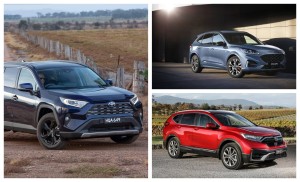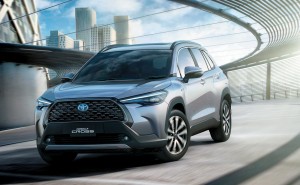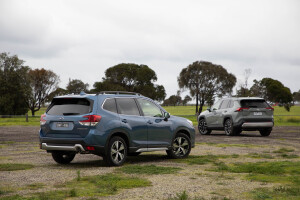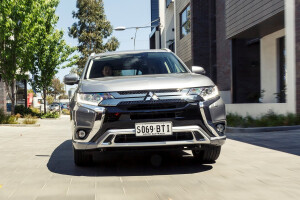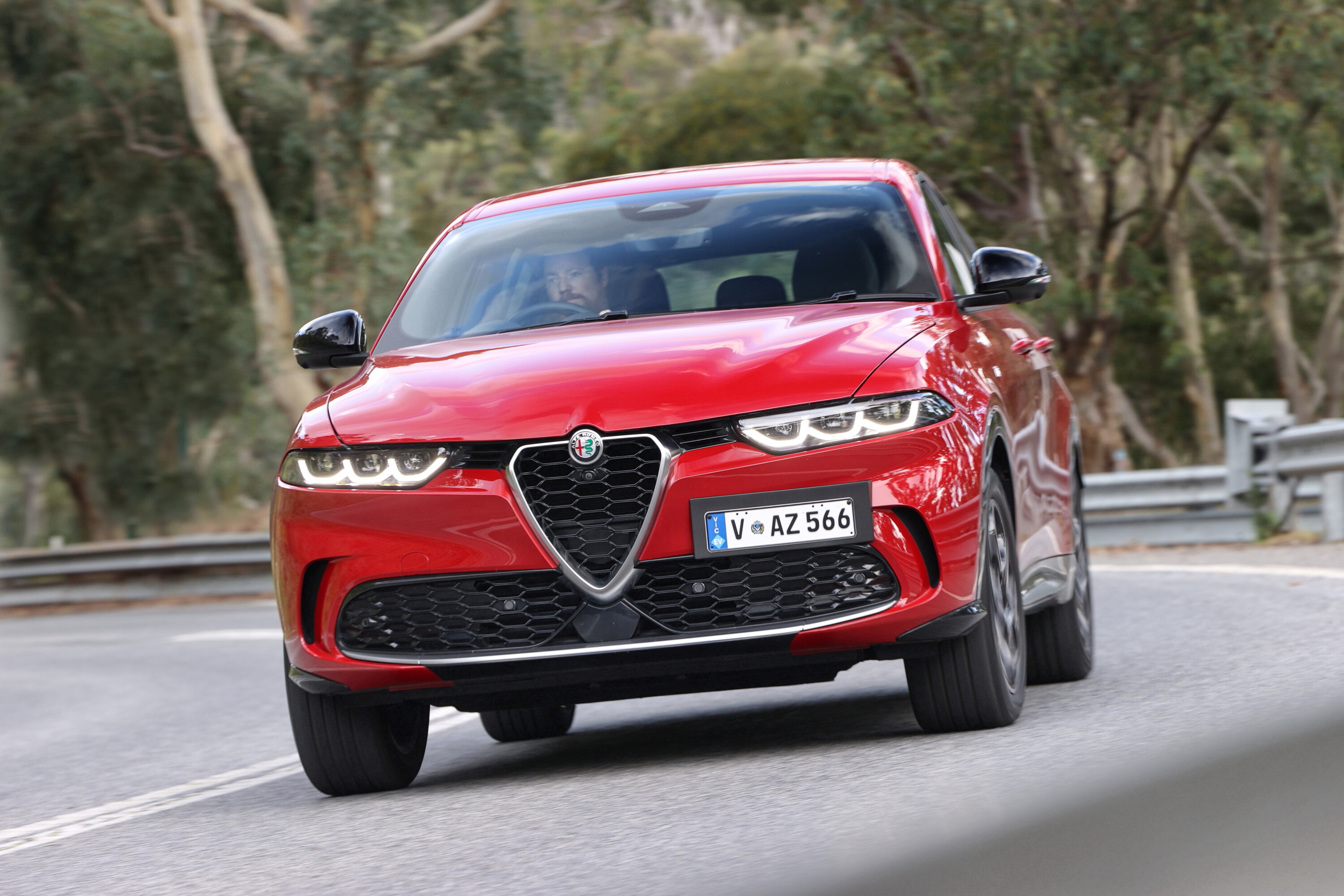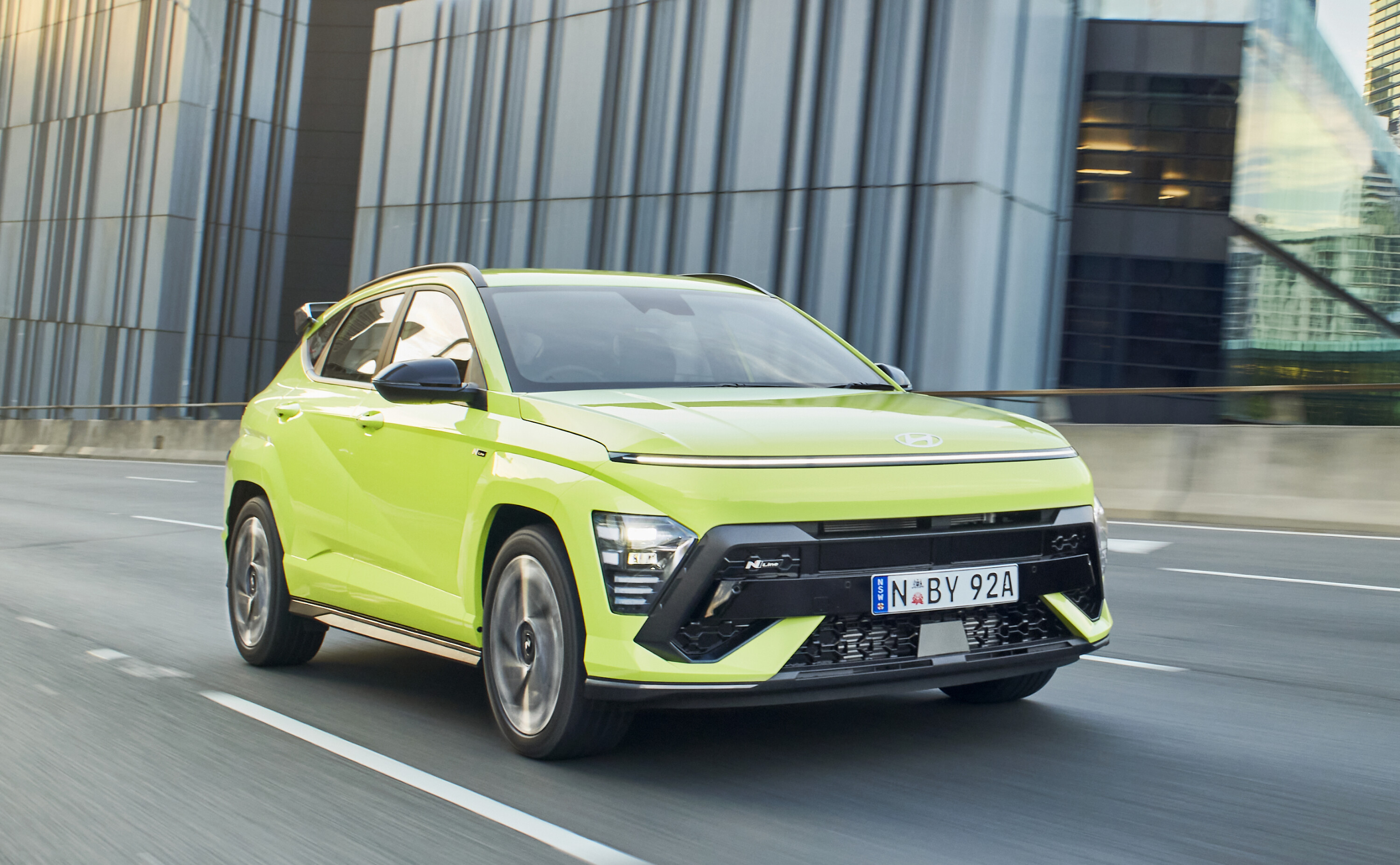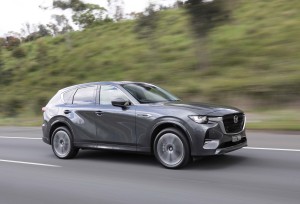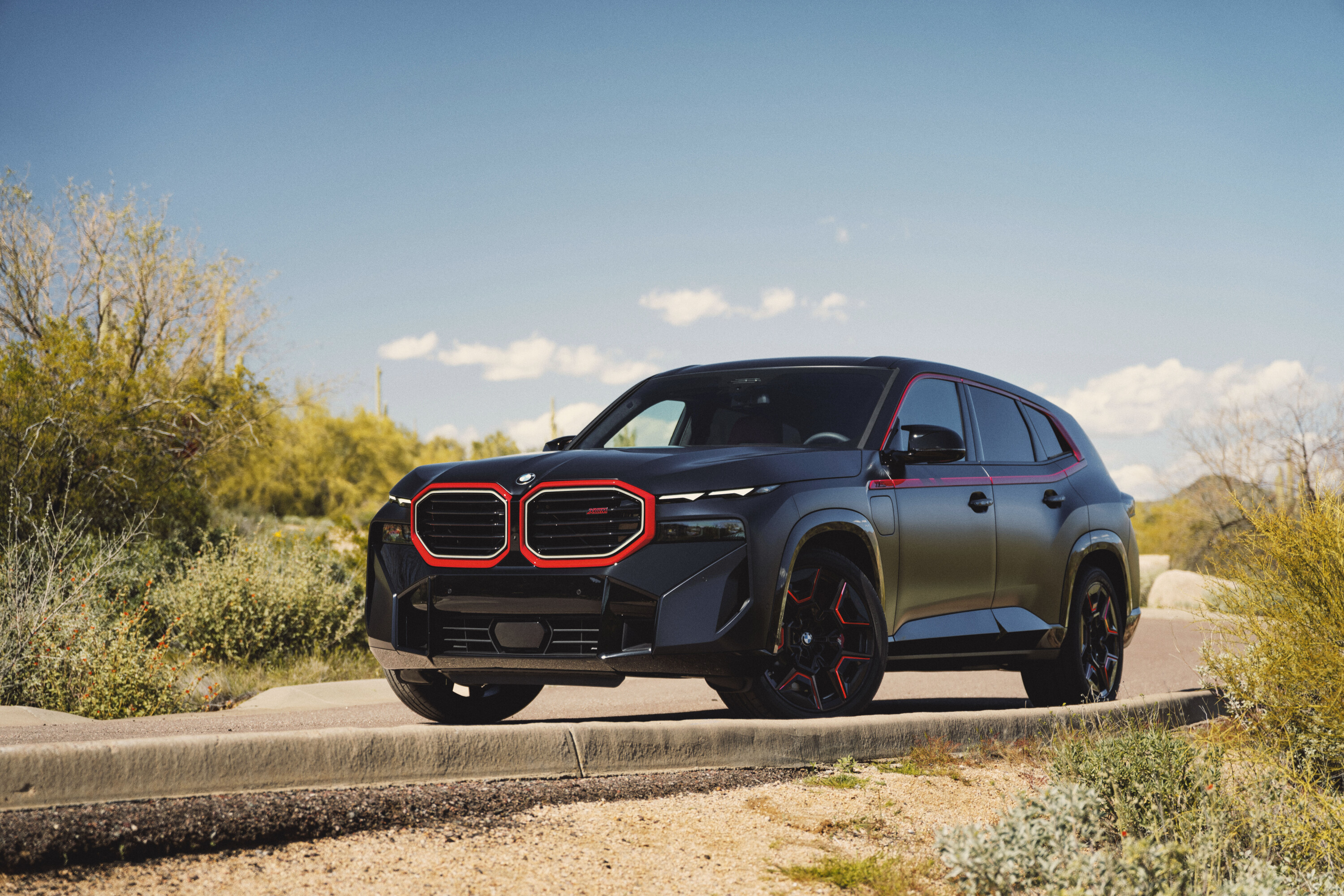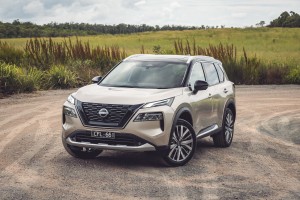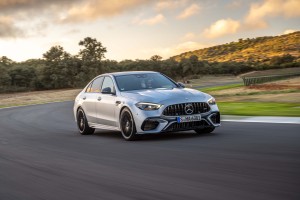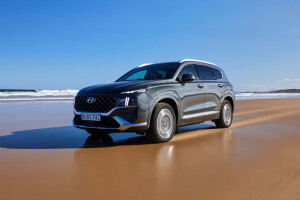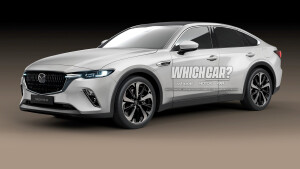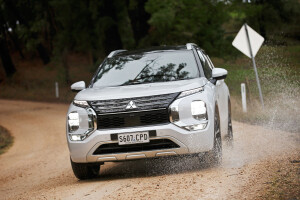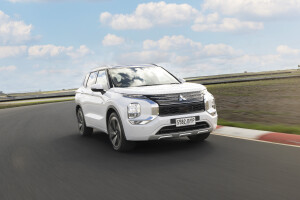Hybrid and Plug-in Hybrid EV (PHEV) cars
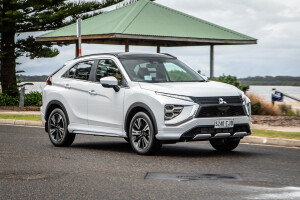
Mitsubishi Eclipse Cross
The Mitsubishi Eclipse Cross PHEV is a highly fuel-efficient and environmentally friendly SUV that offers exceptional performance and driving experience. With a powerful electric motor and a petrol engine, this SUV delivers an impressive all-electric driving range and smooth, responsive acceleration. The Eclipse Cross PHEV is designed to provide maximum comfort and convenience, with a spacious and modern interior, advanced safety features, and a range of cutting-edge technologies.
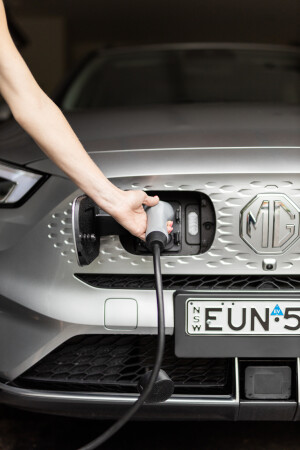
MG HS
The MG HS PHEV is a plug-in hybrid SUV manufactured by the British carmaker MG Motor, which is owned by China's SAIC Motor. It is the brand's first hybrid offering in Australia and was launched in early 2021. The SUV is equipped with a 1.5-liter turbocharged petrol engine and an electric motor that together produce a total power output of 254 horsepower. It also has a 16.6 kWh battery that can be fully charged in about three hours using a standard home wall socket and provides an all-electric range of up to 52 kilometers.
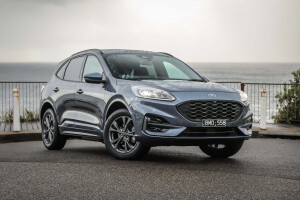
Ford Escape
The Ford Escape PHEV is a plug-in hybrid SUV manufactured by American automaker Ford Motor Company. It was introduced to the Australian market in 2021, and is the brand's first plug-in hybrid SUV in the country. The Escape PHEV is powered by a 2.5-liter Atkinson-cycle petrol engine and an electric motor, which together produce a total power output of 167 kW. It also has a 14.4 kWh battery that provides an all-electric range of up to 50 kilometers, which can be fully charged in around 4 hours using a standard home wall socket.
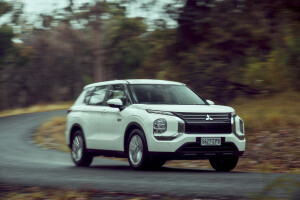
Mitsubishi Outlander
The Mitsubishi Outlander PHEV is a popular plug-in hybrid electric vehicle in Australia. It comes with a 2.4-liter petrol engine and two electric motors, providing a combined output of 157kW.
The Outlander PHEV has a range of up to 54 kilometres on electric power alone, and it can be charged in as little as 25 minutes using a fast charger. It also comes with features such as regenerative braking, adaptive cruise control, and smartphone integration.
The Outlander PHEV is a practical and efficient family SUV that combines the benefits of electric and petrol power, making it a popular choice among eco-conscious drivers in Australia.
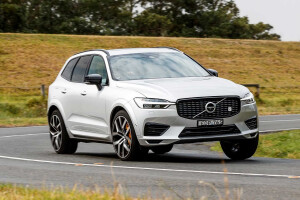
Volvo XC60
The Volvo XC60 Recharge is a stylish and luxurious midsize SUV that offers a plug-in hybrid powertrain with a total power output of 287 horsepower. It has an all-electric range of up to 45 kilometers and can be fully charged in about 3 hours using a standard home wall socket. The XC60 Recharge also features advanced safety technologies, a suite of driver assistance features, and a range of premium interior features, making it an excellent choice for those who value performance, luxury, and eco-friendliness.
Popular Hybrids
-
Latest News
-
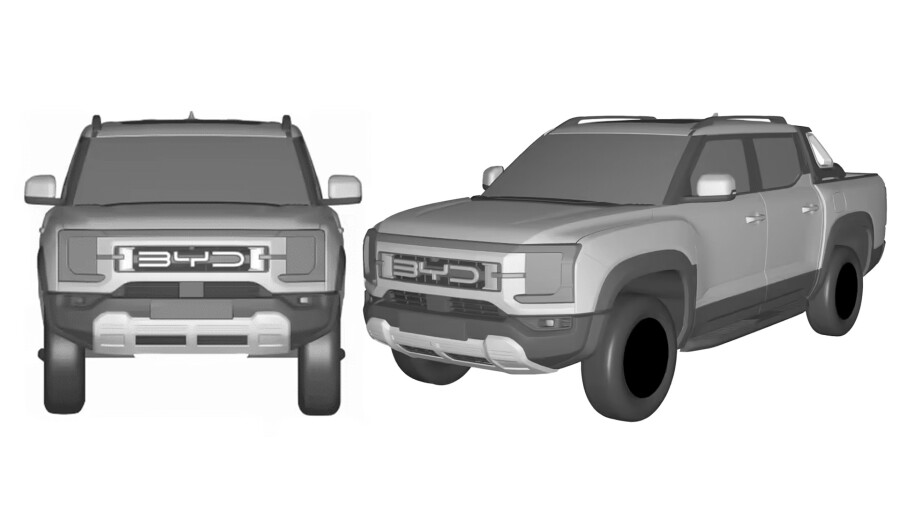
2024 BYD Ute revealed in patent images ahead of Australian release
-

Mazda to reveal next-gen MX-5 at Japan Mobility Show
-
2023 Jeep Grand Cherokee 4XE pricing and features
-
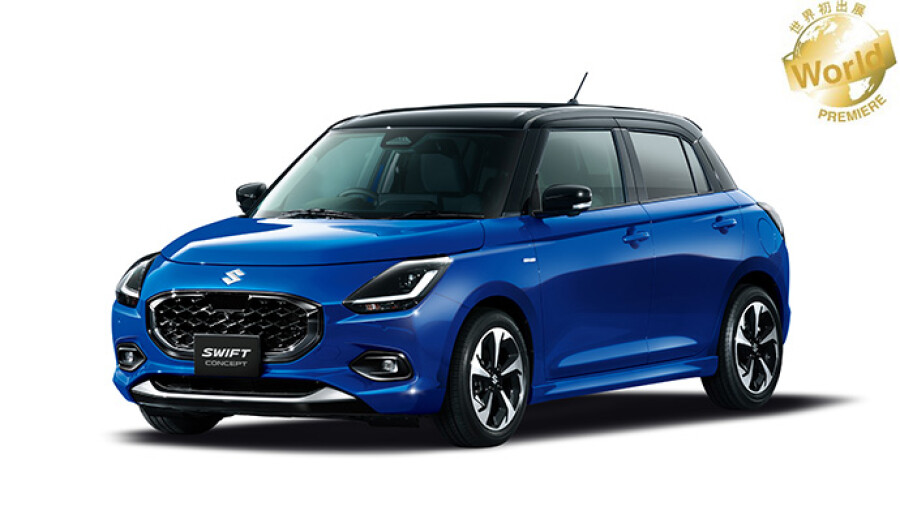
2024 Suzuki Swift revealed ahead of debut
-
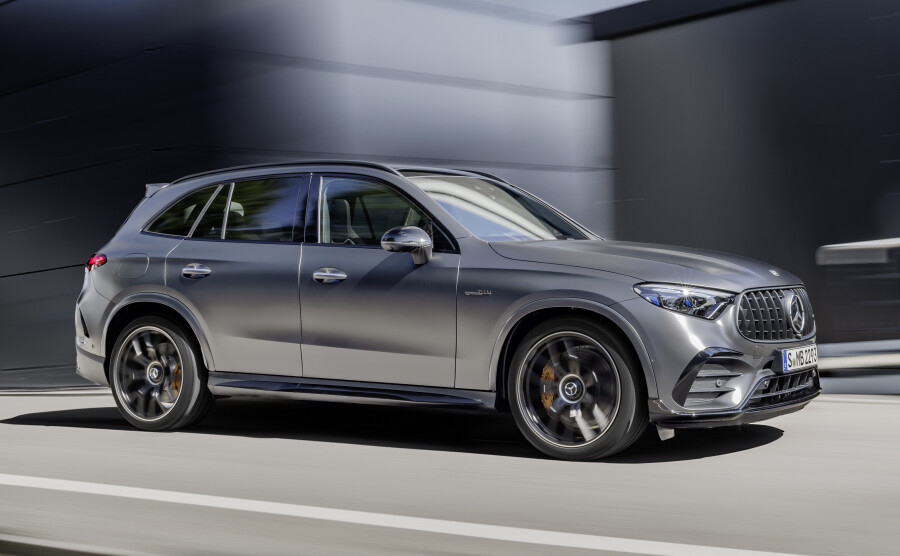
2024 Mercedes-AMG GLC 43 and 63: Coupe models confirmed for Oz
-
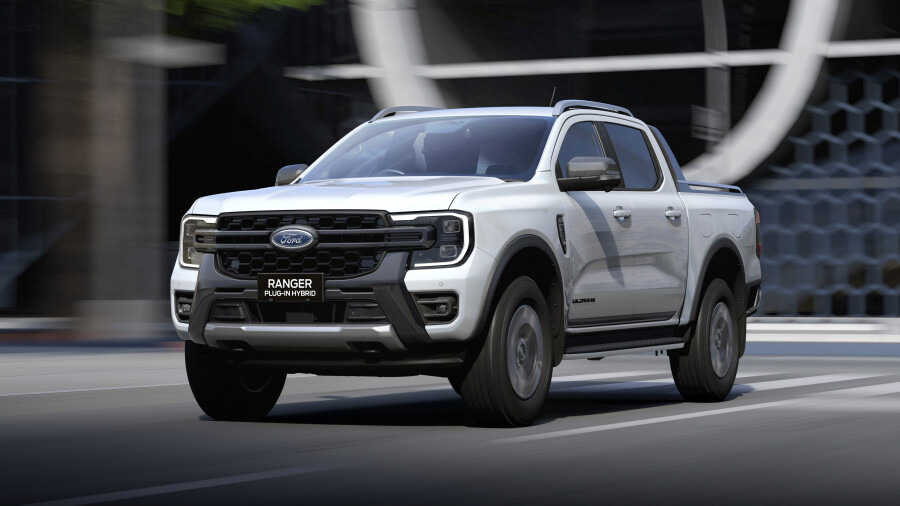
Ford Ranger plug-in hybrid confirmed
-

Mitsubishi Outlander PHEVs to expand Australia’s charging infrastructure
-

2024 Porsche Panamera teased ahead of November reveal
-
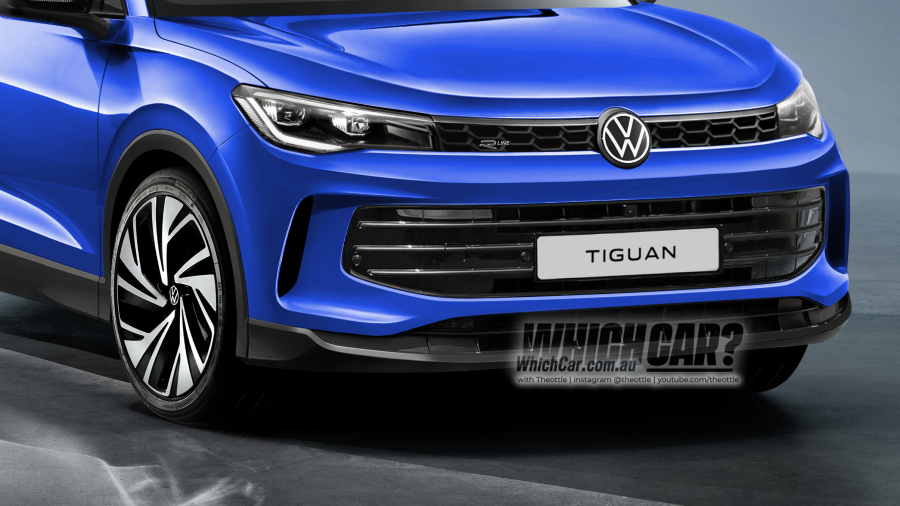
2025 Volkswagen Tiguan: Petrol-only for Oz, PHEV dreams dropped
-
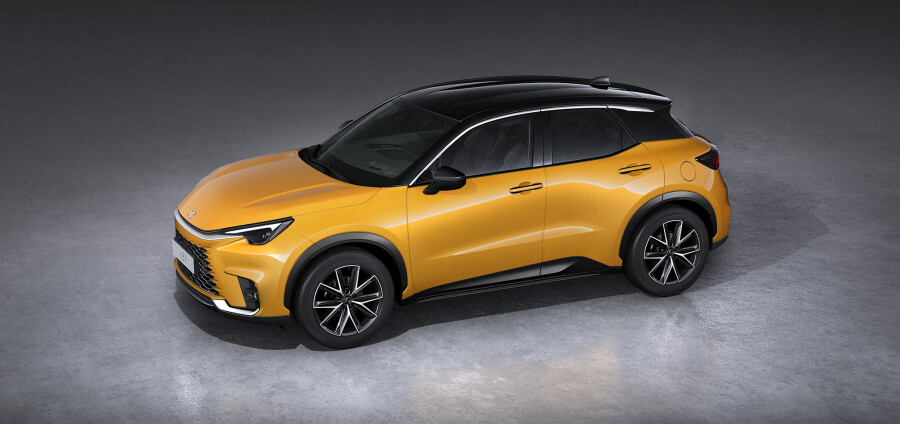
2024 Lexus LBX revealed, Australian launch confirmed
-
-
Features
-
Reviews
2023 Jeep Grand Cherokee 4xe review: Australian first drive
Jeep’s first plug-in hybrid arrives in Australia but at a hefty price
-
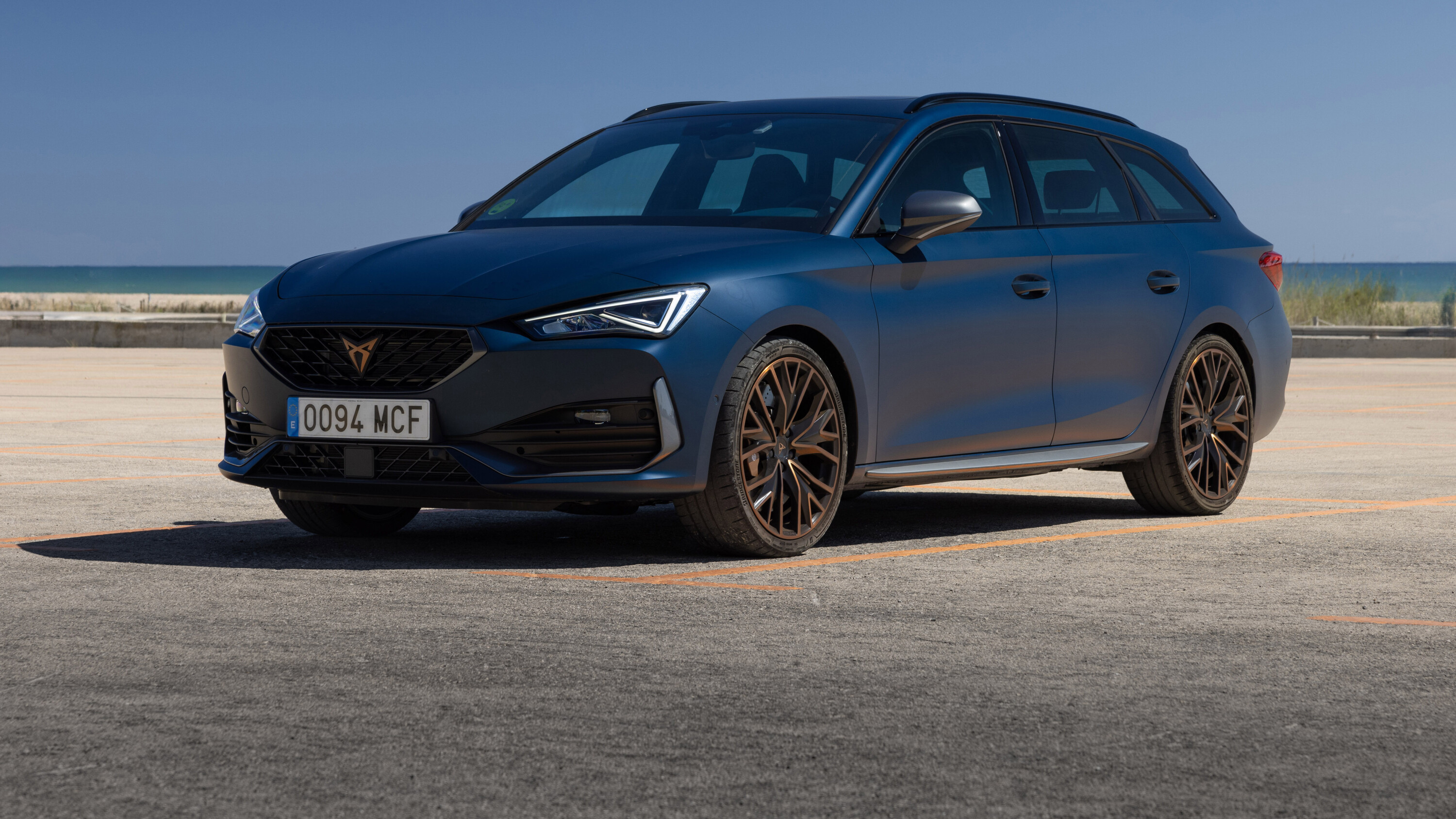 Reviews
Reviews2023 Cupra Leon Sportstourer review: First international drive
Cupra could soon be the saviour for hot wagon buyers in Australia if it decides to bring the Leon Sportstourer here – but is it any good?
-
Reviews
2023 Audi Q5 55 TFSI E PHEV review: Australian first drive
Audi's hybrid SUV might seem out of place with its EV E-Tron brand growing, but there's still value in Ingolstadt's mid-sizer
-
Features
The man behind M: A chat with Frank van Meel
Controversy, challenges, EVs and retaining its identity: the future is fraught for BMW M. We speak to the man tasked with dragging a performance icon into a new era
-
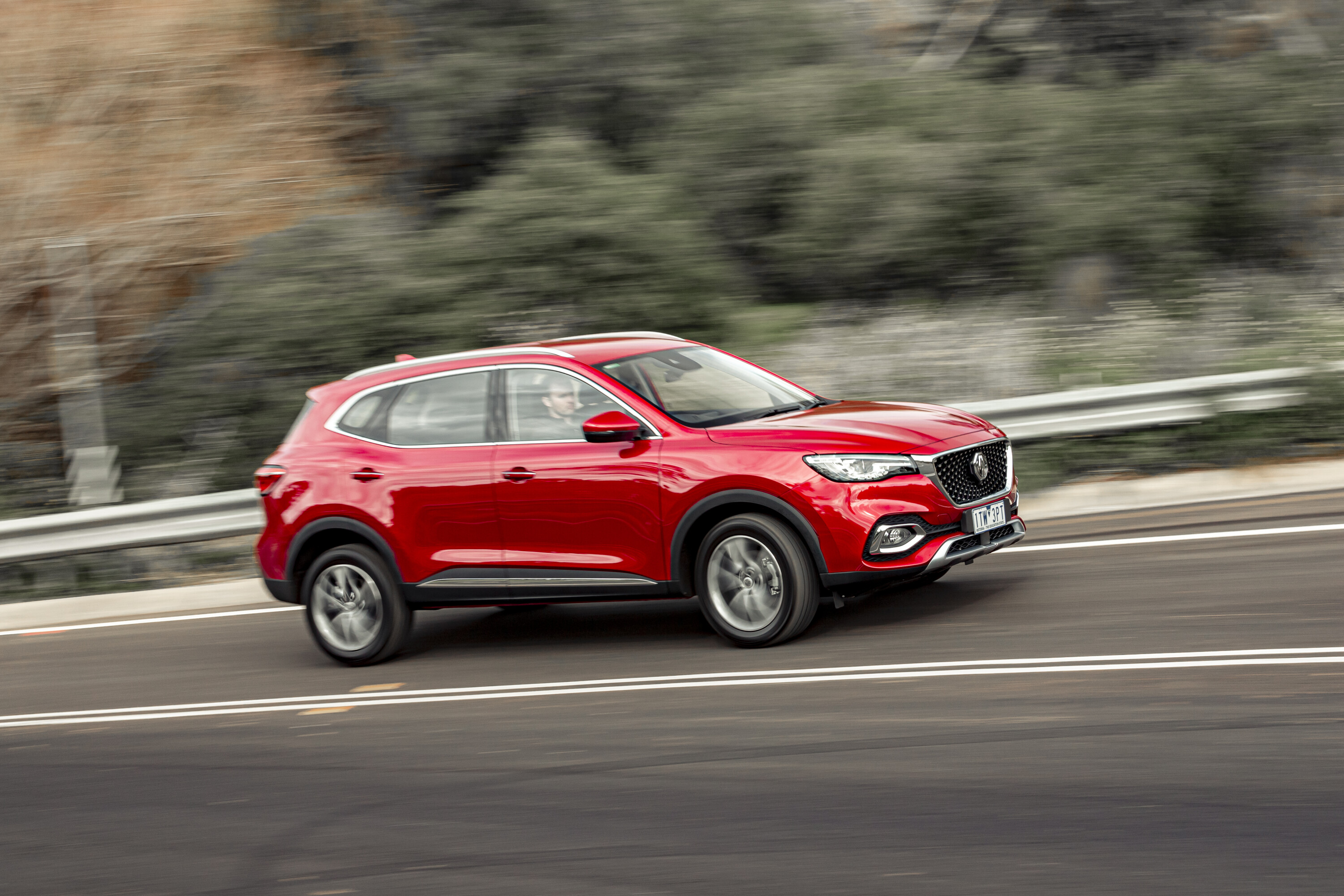 Reviews
Reviews2023 MG HS review: Full range detailed
The MG HS is an attractive, value-packed medium SUV that offers a host of features, premium interior feel and a perky turbocharged engine
-
Latest PHEV & Hybrid Reviews
-
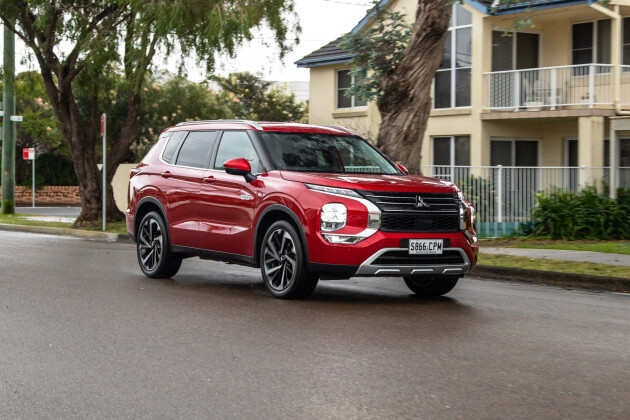 Reviews
Reviews2023 Mitsubishi Outlander Aspire PHEV review
Mitsubishi’s vastly improved Outlander SUV range reprises the best of the old line-up with the plug-in hybrid version
-
Reviews
2023 BMW XM review
Plenty of shock and awe but not one of M's greatest achievements...
-
 Comparisons
Comparisons2024 Hyundai Santa Fe v Land Rover Defender 130: Styling face-off
The new fifth-gen Santa Fe brings some old-school boxiness to the Hyundai range. Does it look familiar? 🤔
-
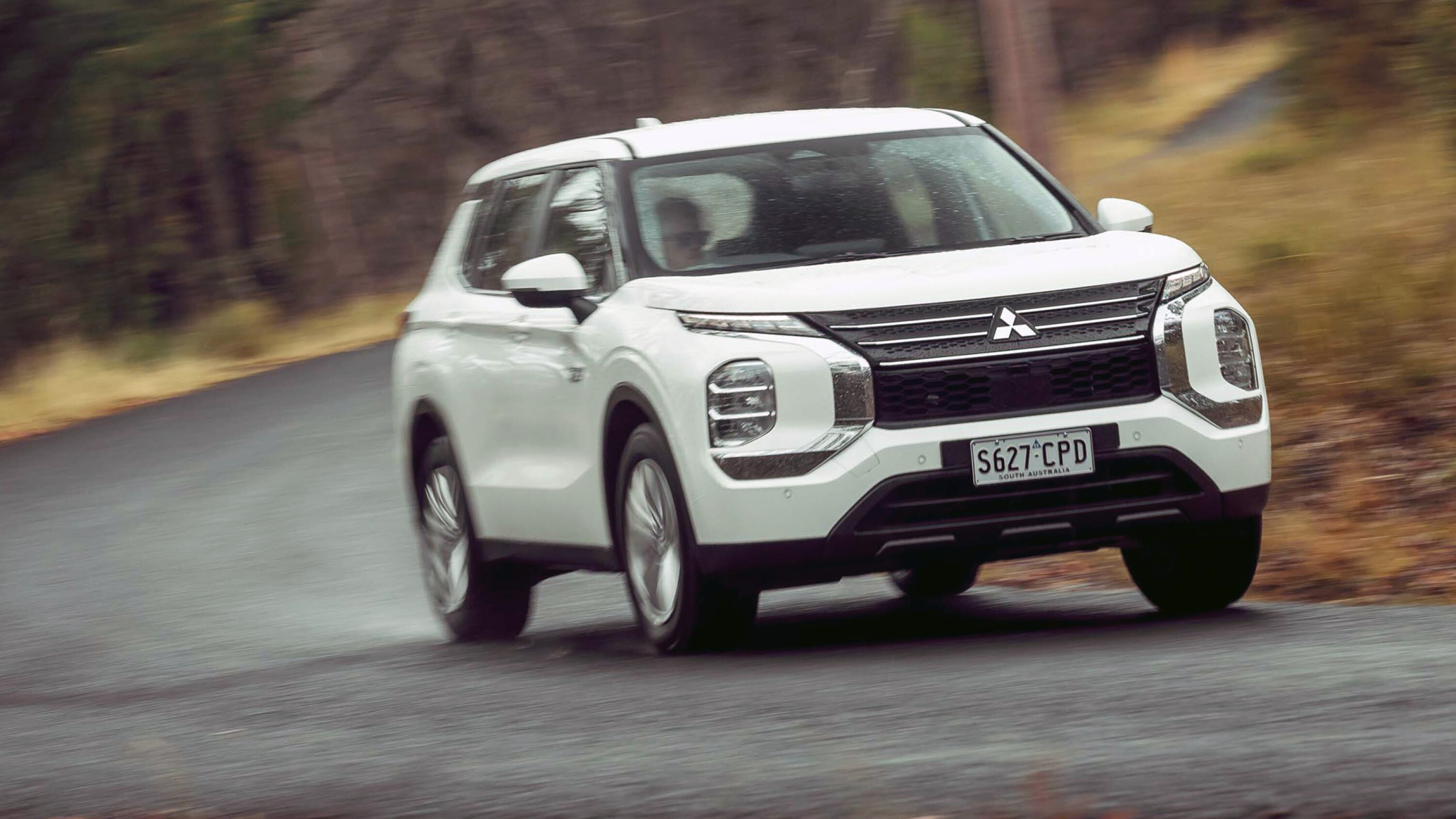 Reviews
Reviews2023 Mitsubishi Outlander PHEV ES review
Entry-level model of the Outlander plug-in hybrid line-up makes its case for value and efficiency
-
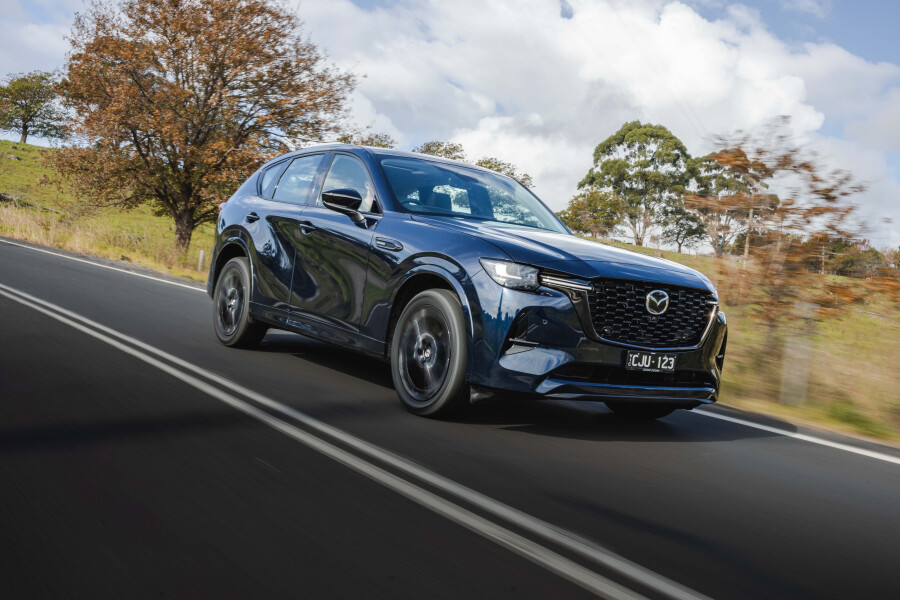
2023 Mazda CX-60 review: Australian launch
-
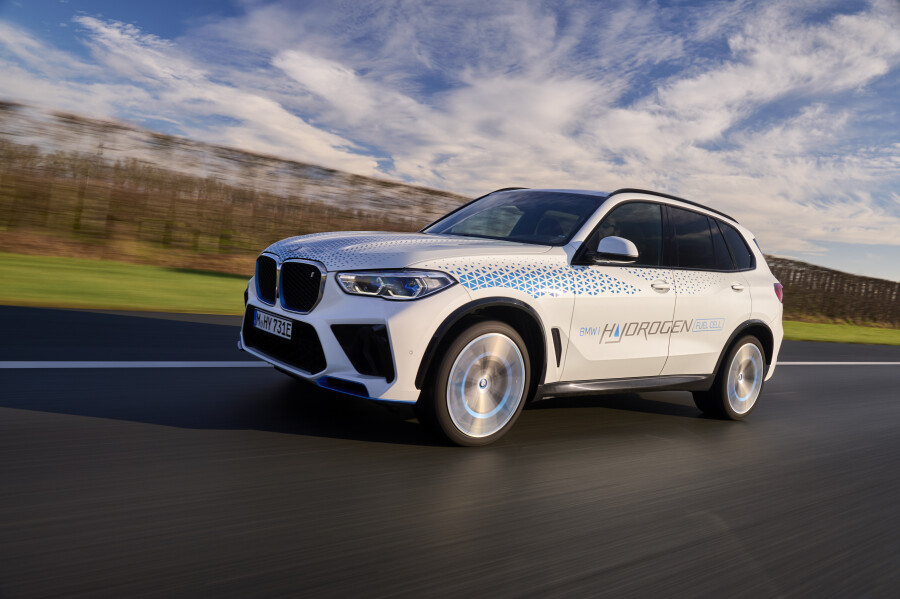
BMW iX5 Hydrogen review: Prototype drive
-
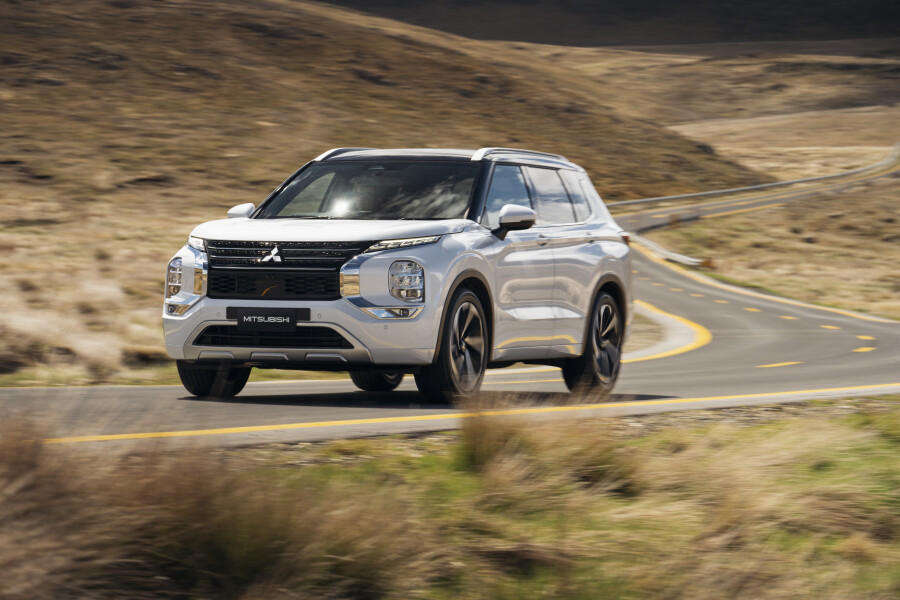
2023 Mitsubishi Outlander review: Full range detailed
-

Mitsubishi Outlander PHEV review: Development prototype
All PHEVs Australia
- MG HS
- Mitsubishi Eclipse Cross
- Ford Escape
- Mitsubishi Outlander
- Cupra Leon
- Cupra Formentor
- Mini Countryman
- Mercedes-Benz A-Class
- Mazda CX-60
- Peugeot 508
- Peugeot 3008
- Kia Sorento
- Lexus NX
- Mercedes-Benz GLC
- BMW 3 Series
- Volvo XC60
- Range Rover Evoque
- BMW X3
- BMW 5 Series
- Volvo XC90
- Mercedes-Benz E-Class
- Range Rover Velar
- BMW X5
- Porsche Cayenne
- Range Rover Sport
- Range Rover
- Porsche Panamera
- McLaren Artura
- Bentley Flying Spur
- Ferrari 296 GTB
- Ferrari SF90
- MORE: PHEVs yet to arrive in Australia.
PHEV Frequently Asked Questions
PHEV stands for Plug-in Hybrid Electric Vehicle, which is a type of hybrid car that can be charged from an external power source.
PHEV cars are generally considered to be better for the environment than traditional petrol-powered cars because they emit less pollution and use less fuel, but they are not as environmentally friendly as fully electric vehicles.
While some PHEVs can charge while driving using regenerative braking or a generator, most PHEVs need to be plugged in to charge their battery.
Yes, PHEVs have regenerative braking, which allows them to recover some of the energy lost during braking and use it to recharge the battery.
To charge a PHEV at home, you can use a standard power outlet or a specialized charging station, which can provide faster charging speeds.
The lifespan of PHEV batteries can vary depending on usage, maintenance, and other factors, but they typically last between 8-10 years or 100,000-150,000 miles before they need to be replaced.
Hybrid Frequently Asked Questions
A hybrid car is a type of vehicle that uses both a petrol engine and an electric motor to power the wheels. The idea behind a hybrid car is to combine the benefits of a petrol engine with the fuel efficiency of an electric motor, resulting in lower emissions and improved fuel economy. Hybrid cars can also use regenerative braking to recharge their batteries and reduce wear on the brakes.
Hybrid cars work by using an electronic control unit to manage the flow of power between the petrol engine and electric motor. In some hybrid cars, the petrol engine and electric motor work together to provide extra power during acceleration or cruising, while in others the electric motor can provide power on its own at lower speeds. When the car brakes, energy is recovered and stored in the battery for later use. Hybrid cars can also use start-stop technology to turn off the engine when the car is stopped, saving fuel and reducing emissions.
Whether a hybrid car is worth it depends on individual circumstances, such as how much you drive, how much you're willing to pay, and the environmental benefits you're looking for.
Hybrid cars tend to be more expensive than traditional petrol-powered cars, but they can offer significant savings in fuel costs over time. They also tend to have lower emissions and better resale value, which can be important for some buyers. However, if you don't drive very much or if you're looking for a low-cost car, a hybrid may not be the best choice.
Hybrid cars do not necessarily need to be charged externally, but some models offer plug-in charging for additional electric-only range. This is called a plug-in hybrid electric vehicle (PHEV), which uses a larger battery that can be charged from an external power source.
The electric-only range of a PHEV can vary depending on the model, but is typically around 35-80 kilometres. However, even without plug-in charging, hybrid cars can still use regenerative braking and other technologies to help recharge their batteries.
The lifespan of a hybrid car battery can vary depending on factors such as usage, maintenance, and climate, but they typically last between 130,000-160,000 kilometers. In some cases, hybrid batteries can last even longer with proper care. However, when the battery does need to be replaced, it can be an expensive repair, which is something to keep in mind when considering a hybrid car
Yes, you can jump start a hybrid car just like a traditional gasoline-powered car, but it's important to follow proper procedures to avoid damaging the hybrid system.
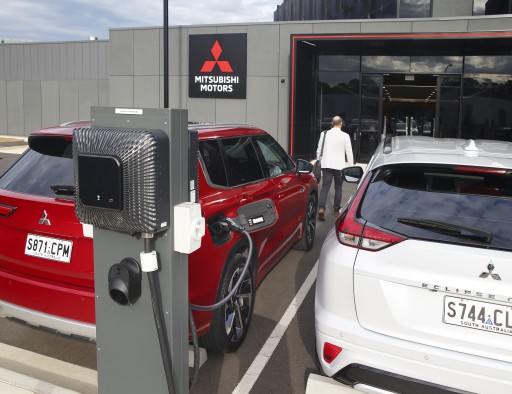

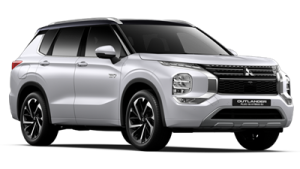
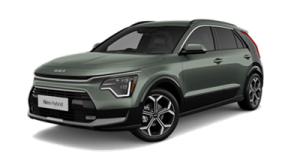
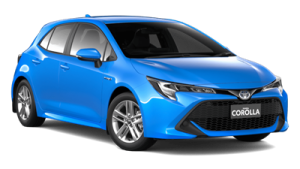
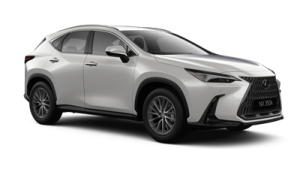

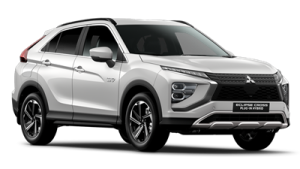
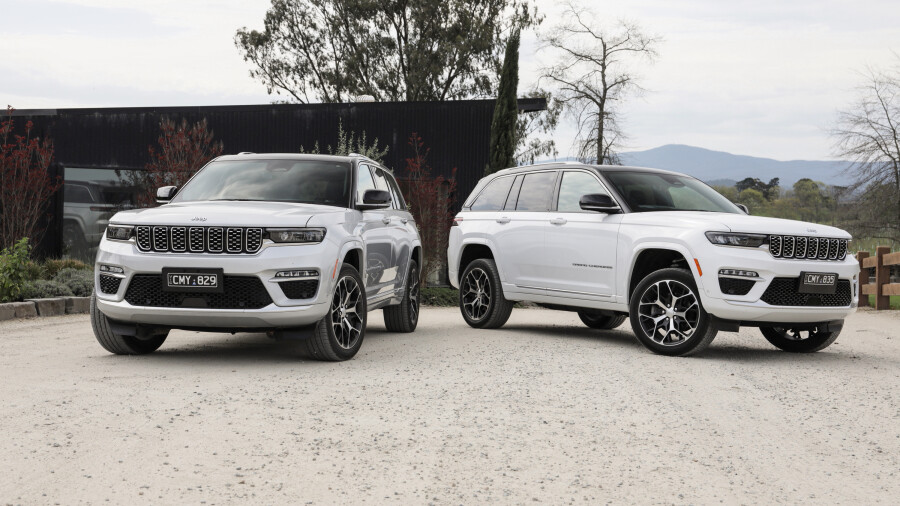
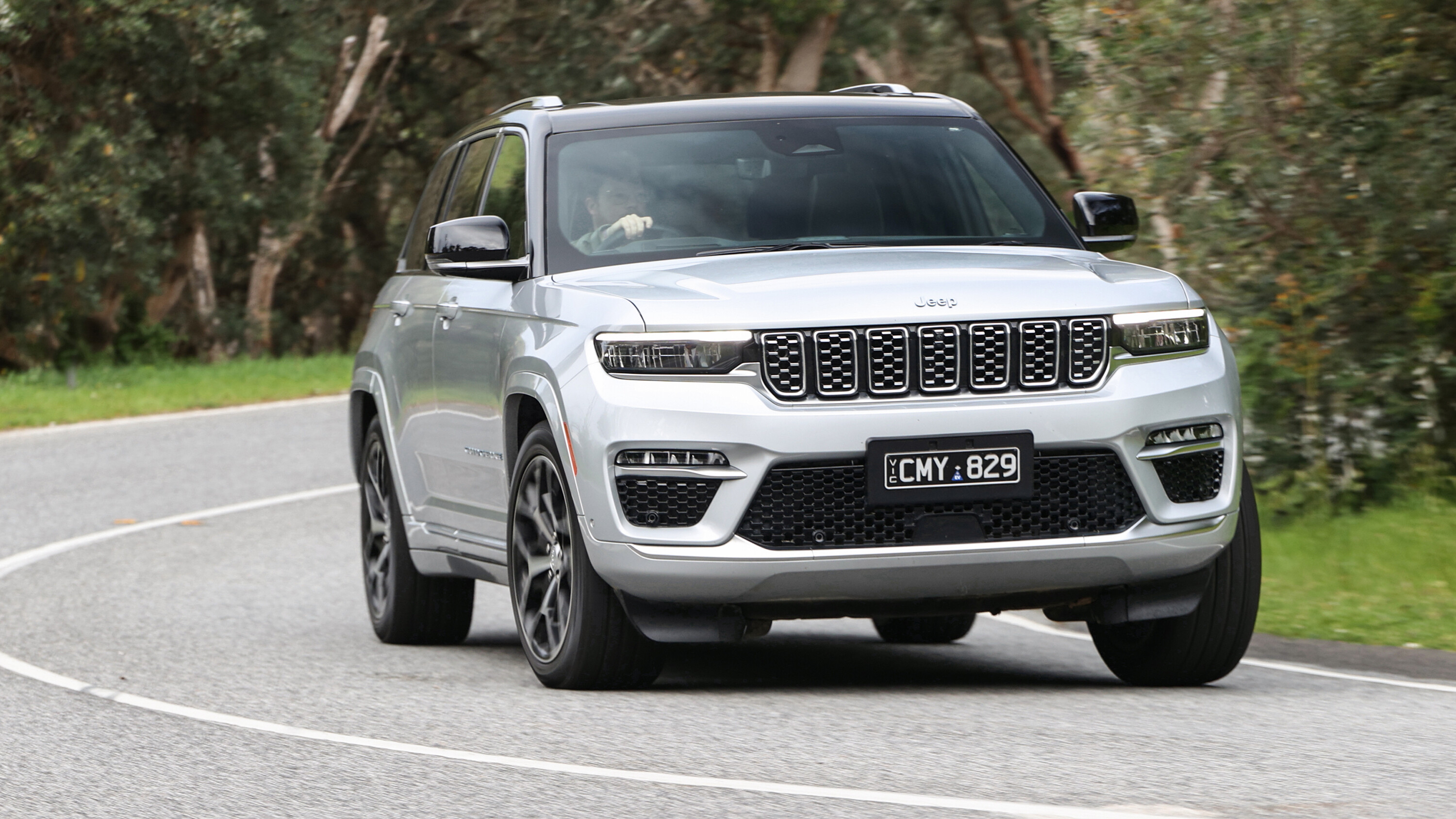
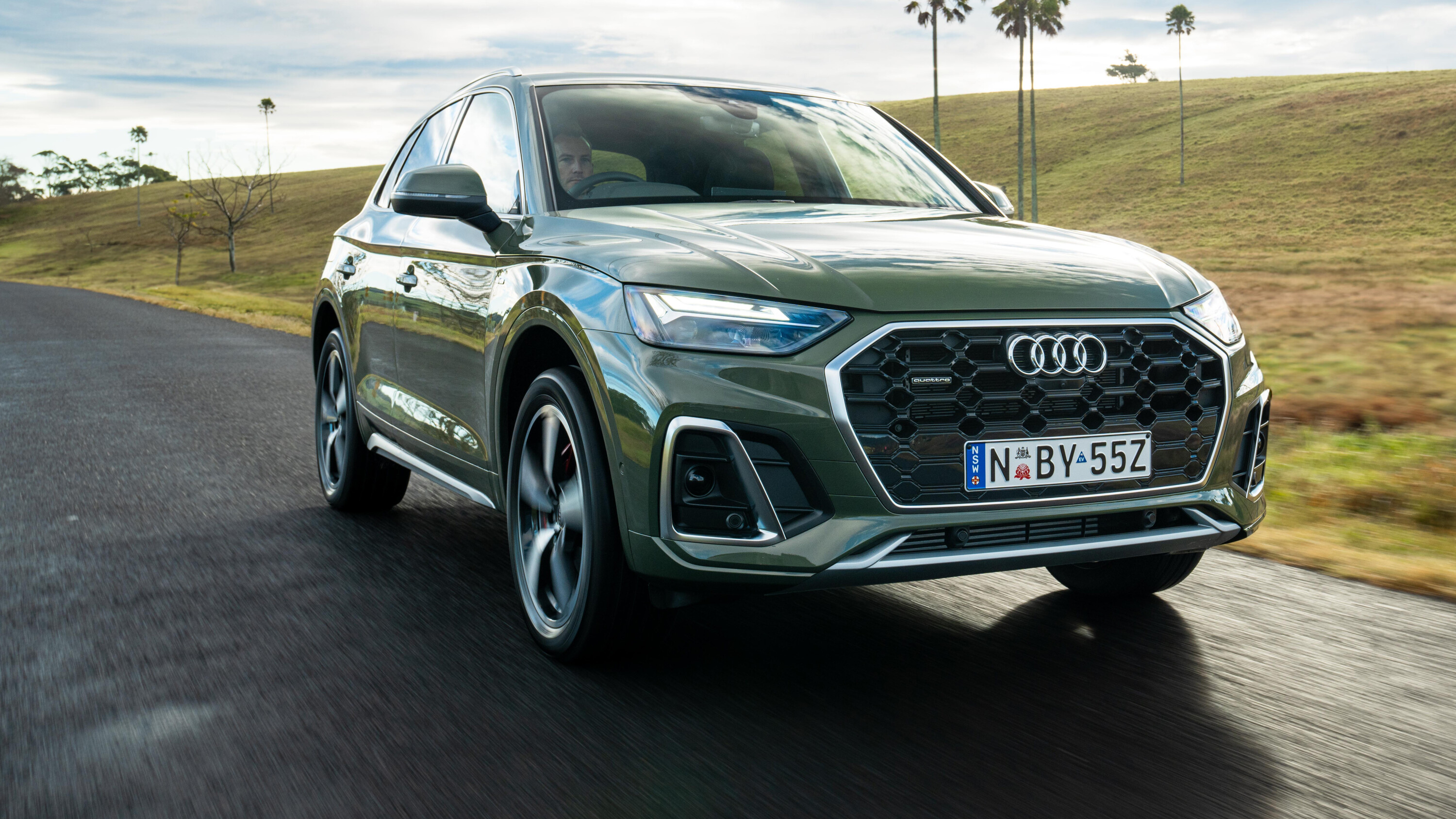
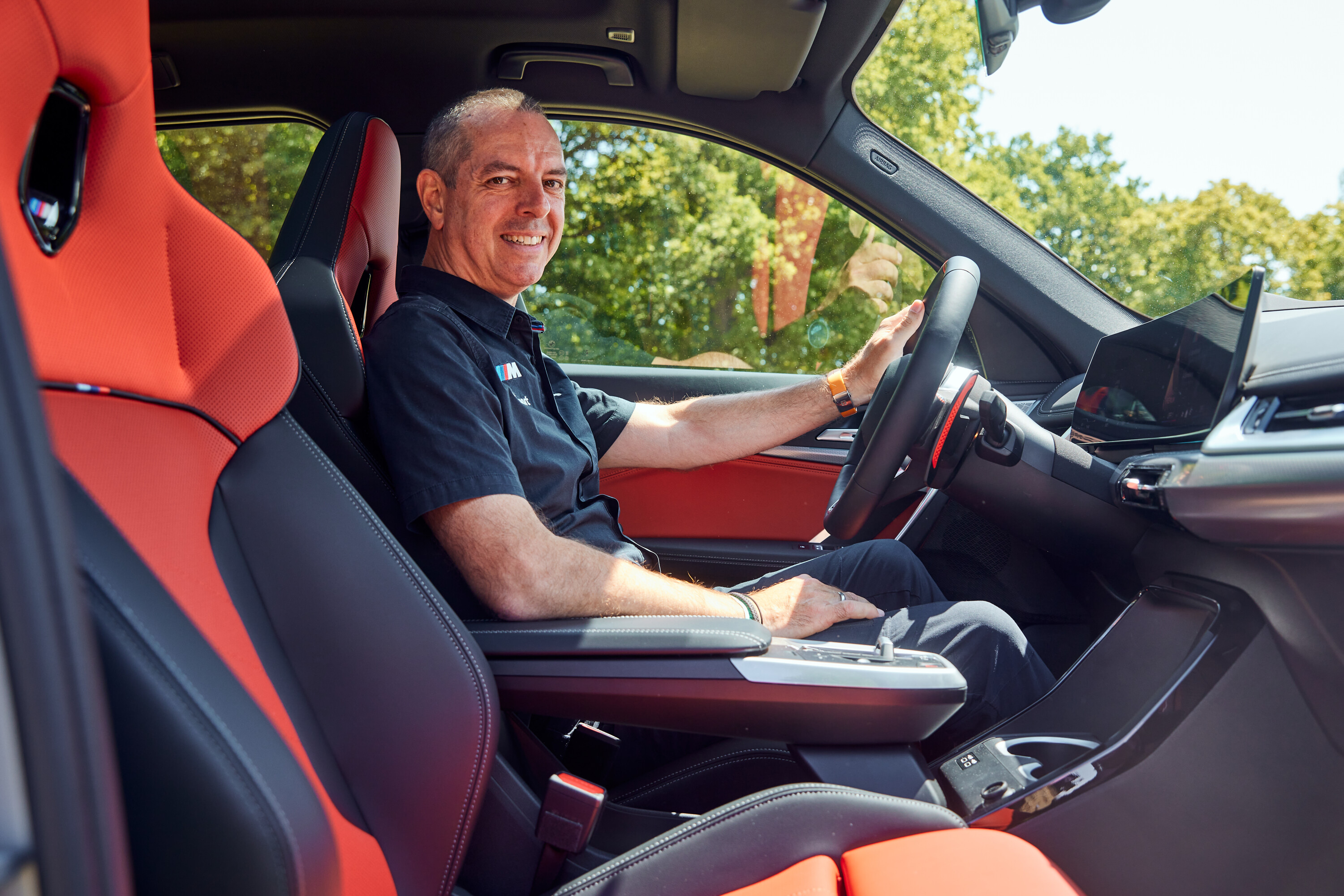


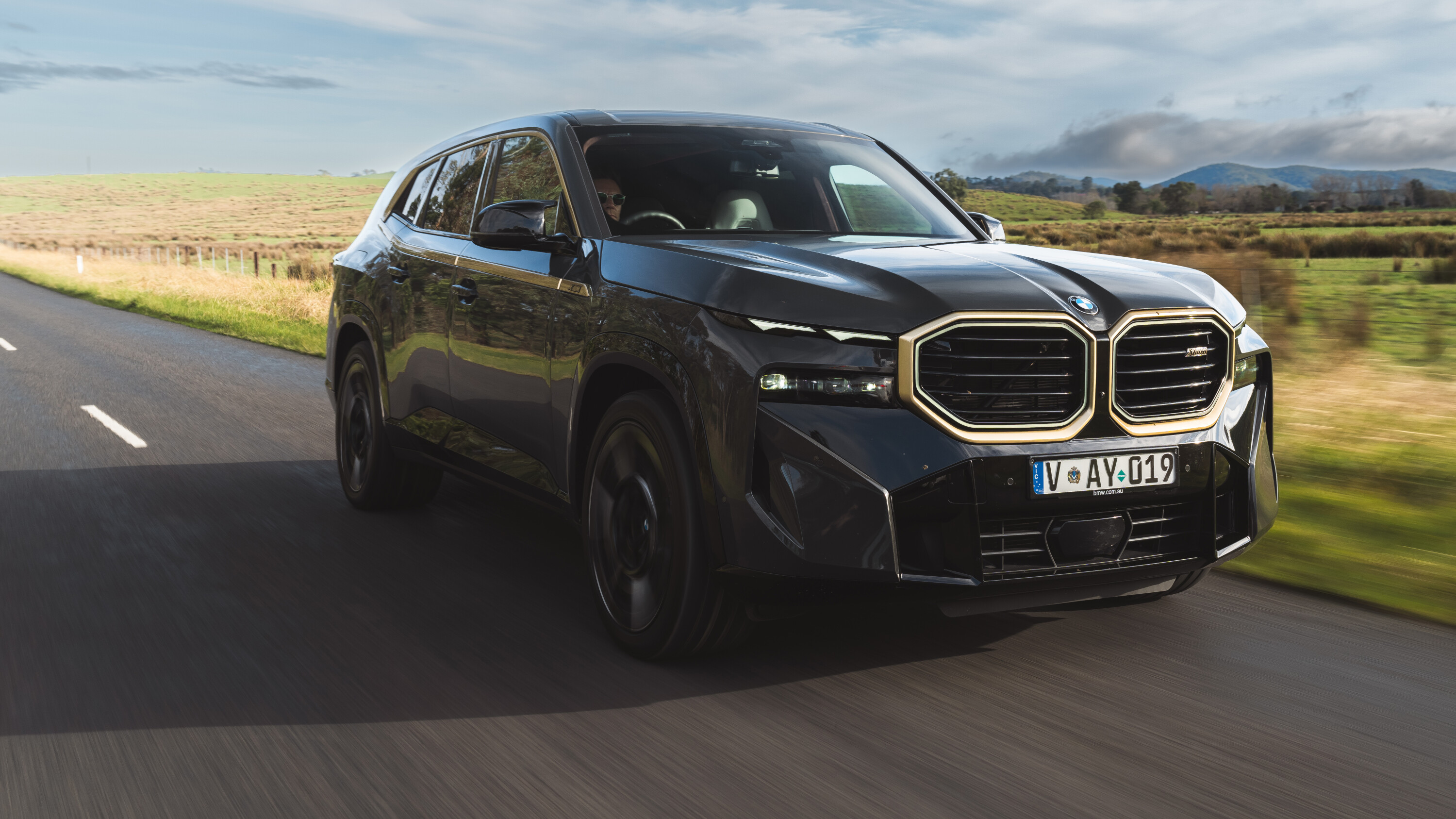
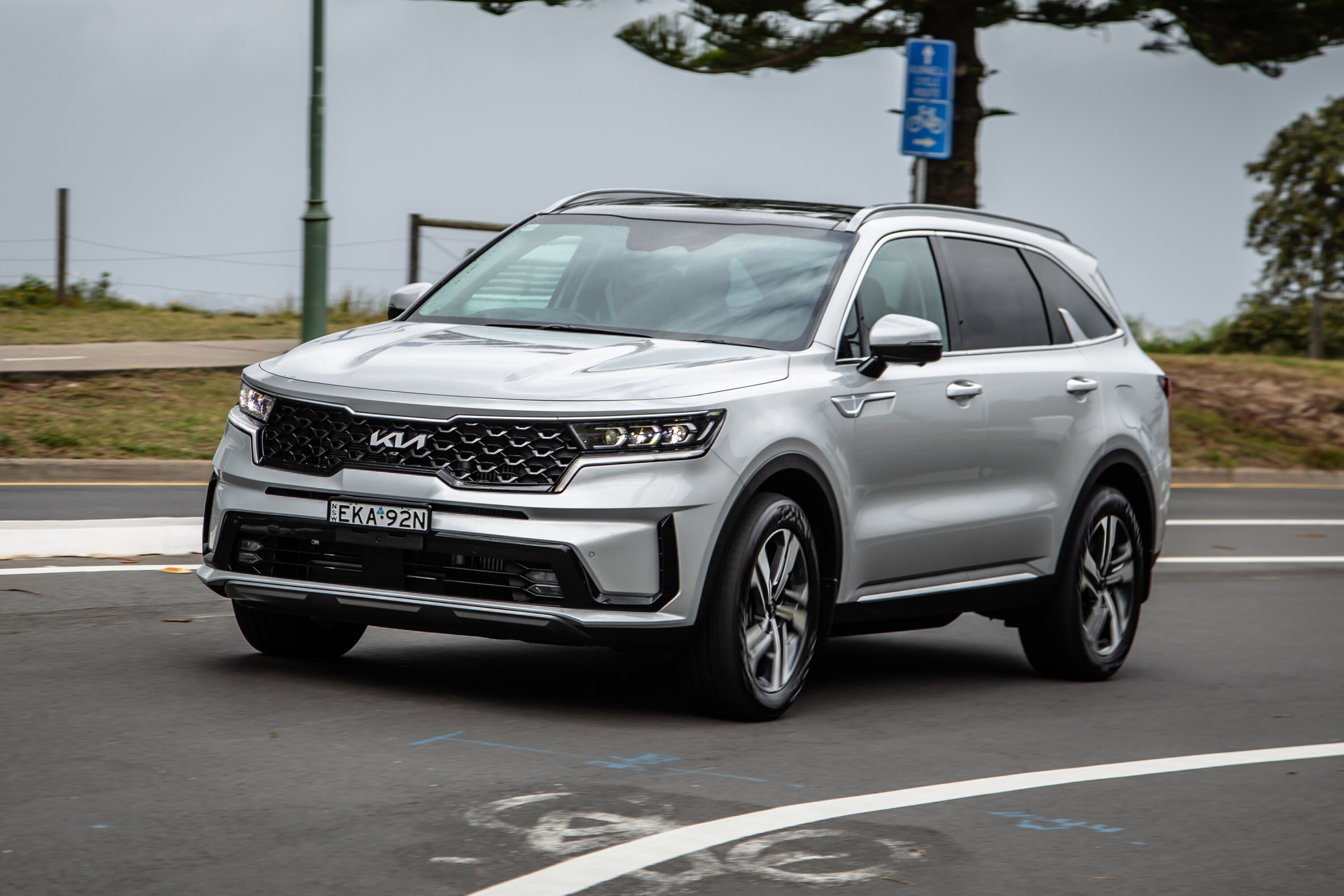
.jpg)
